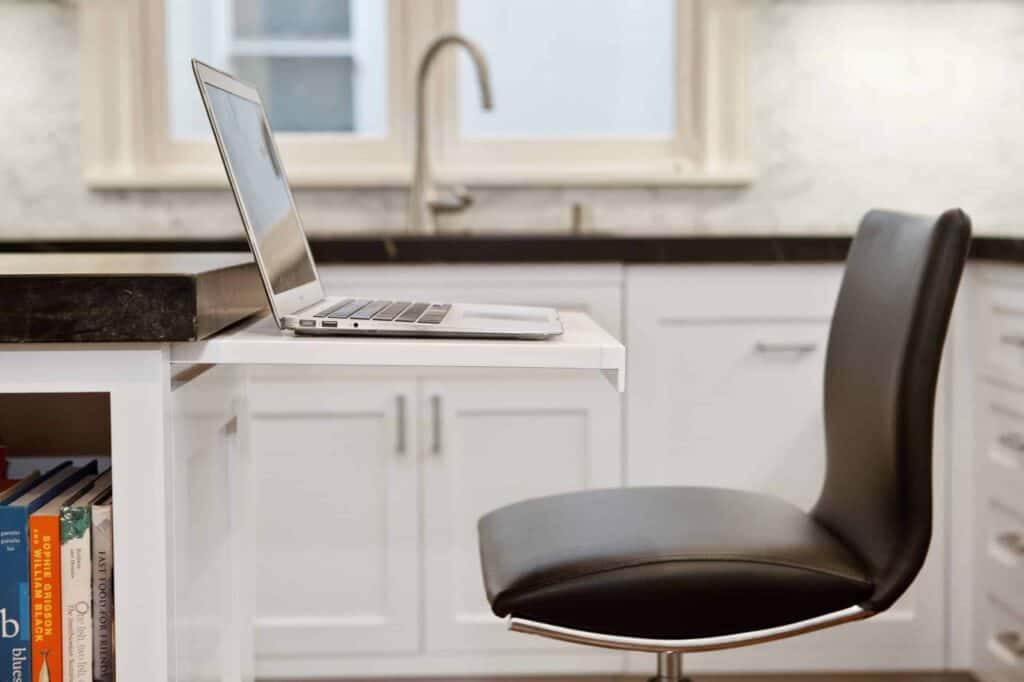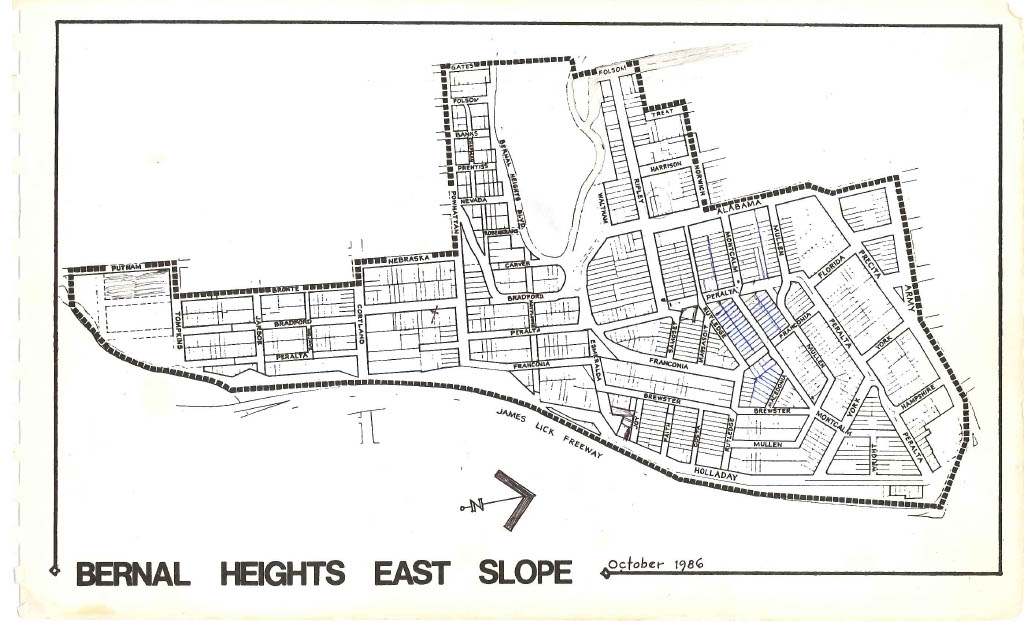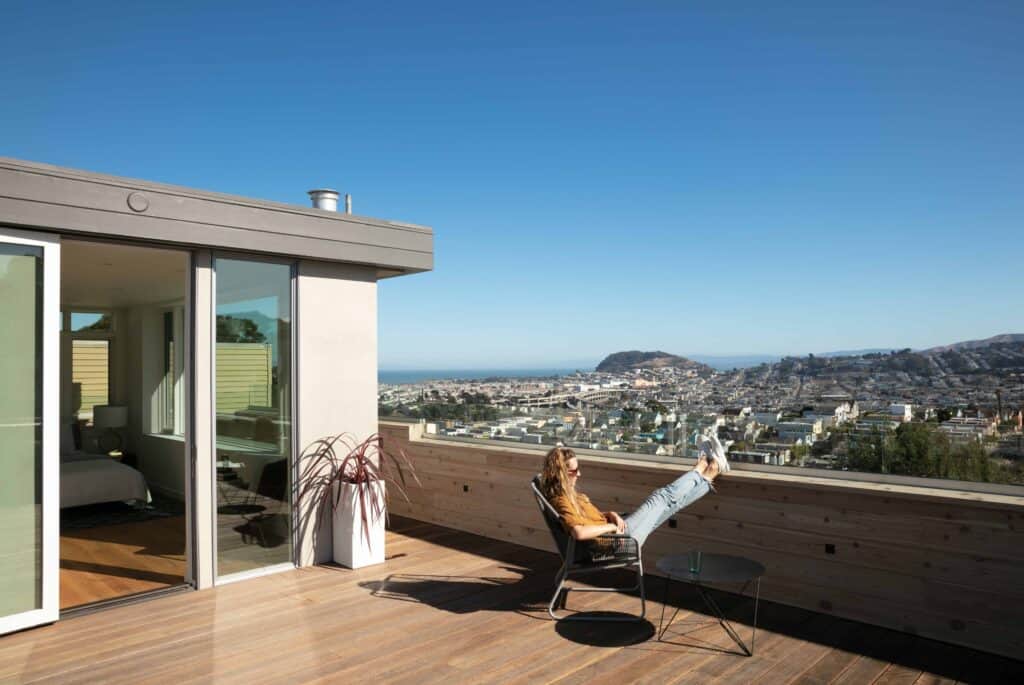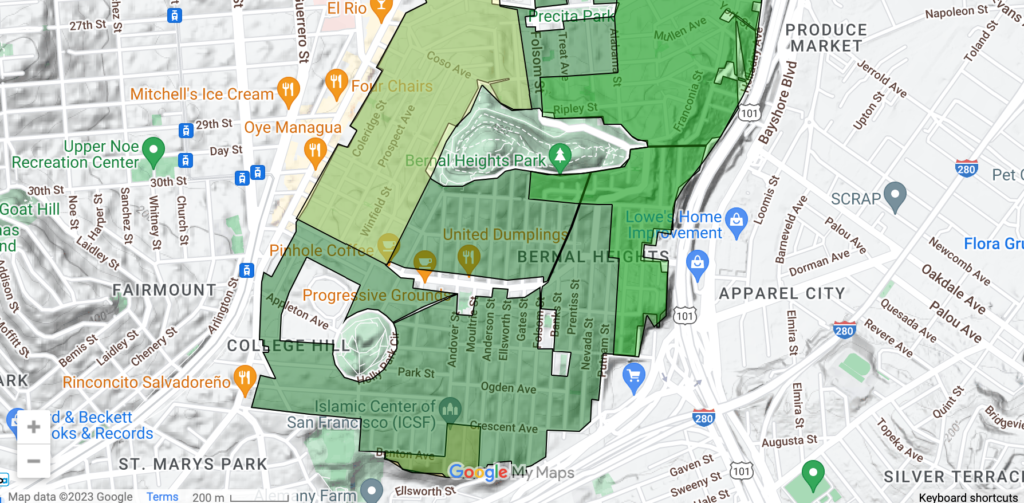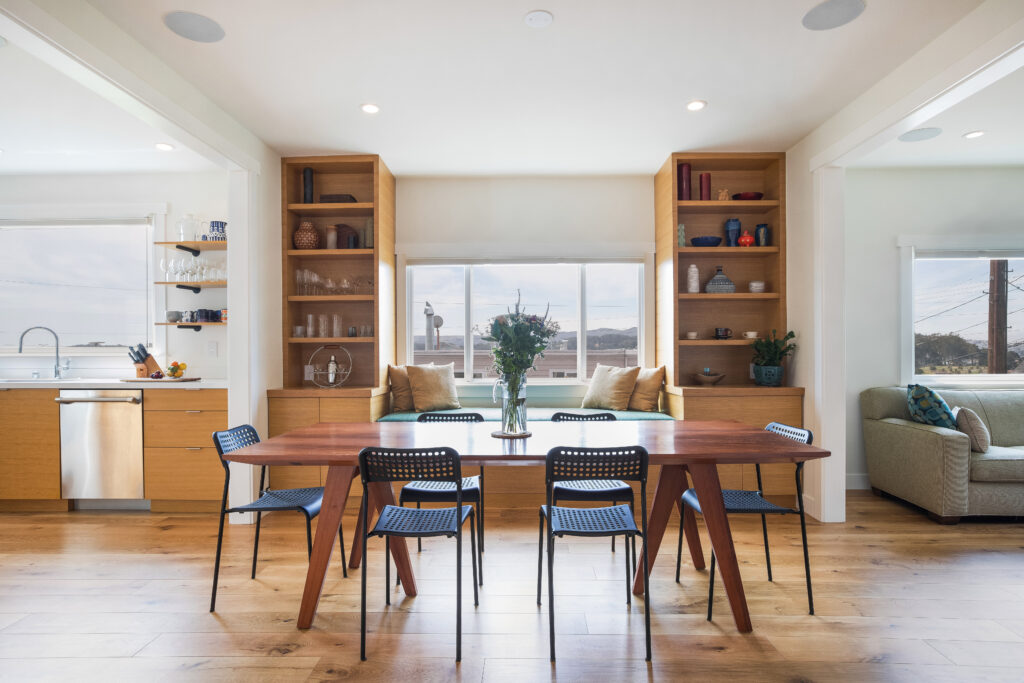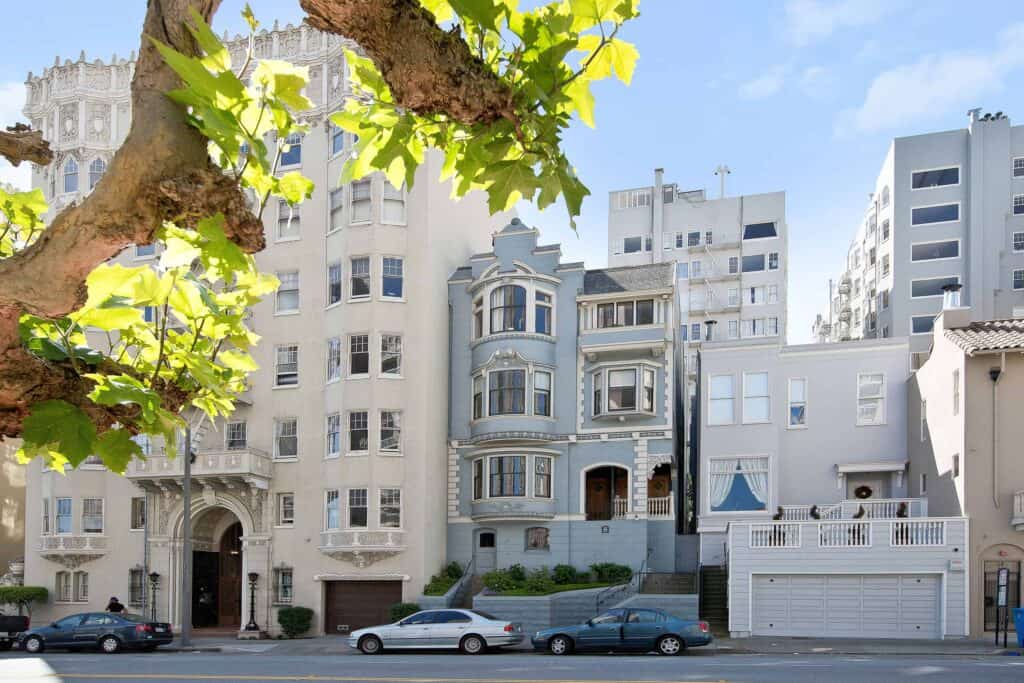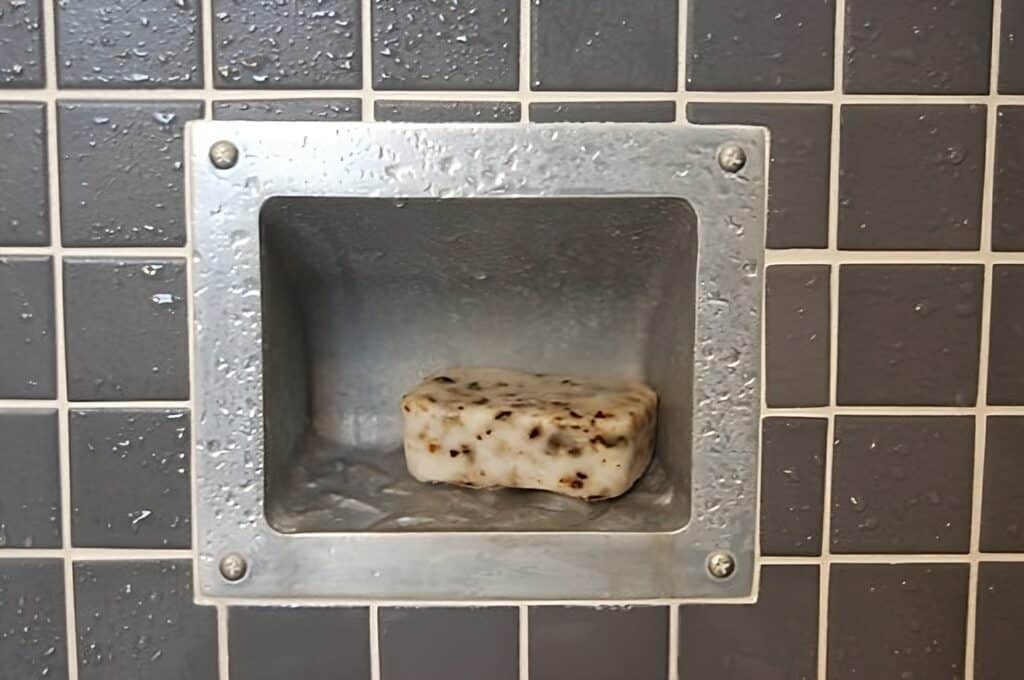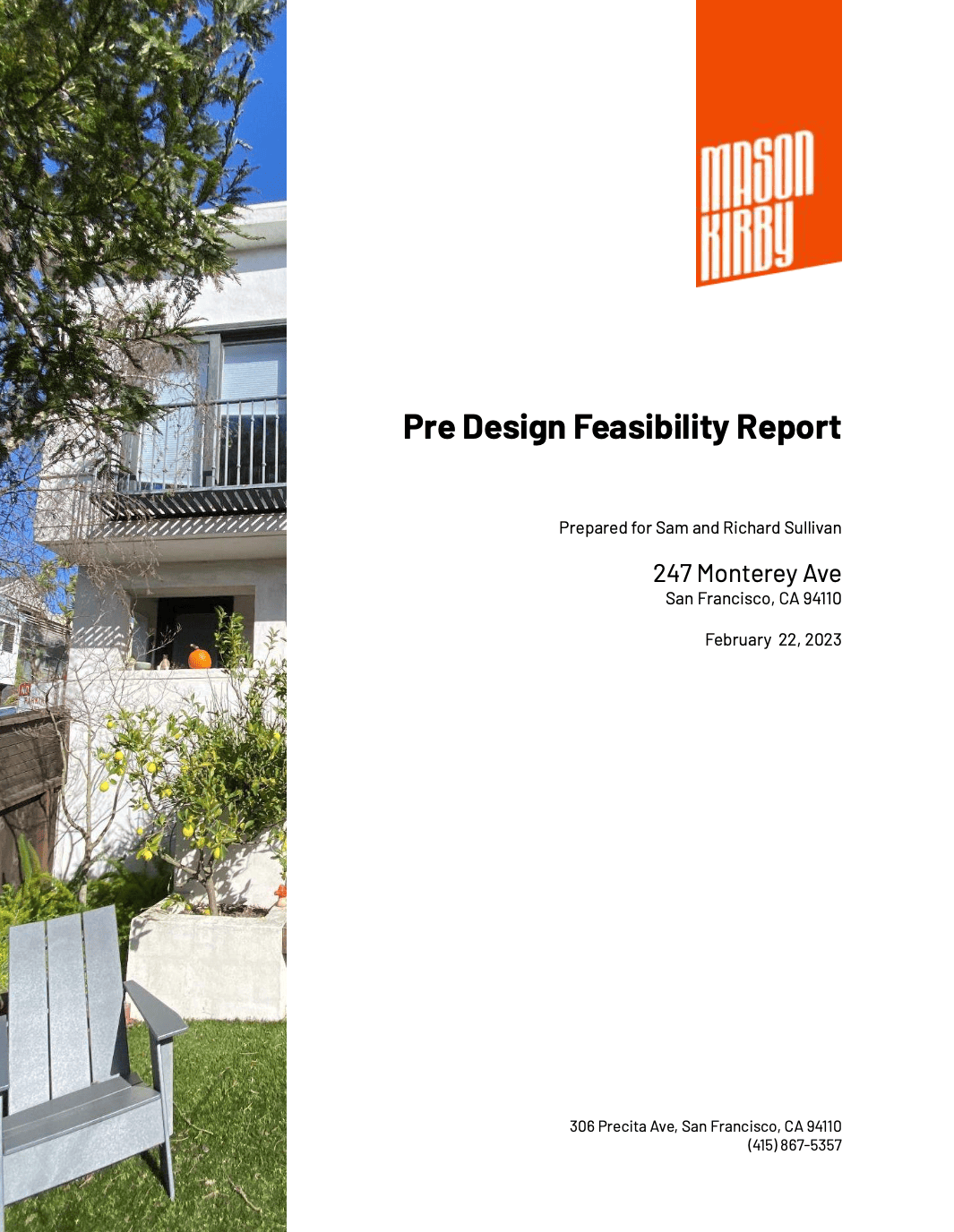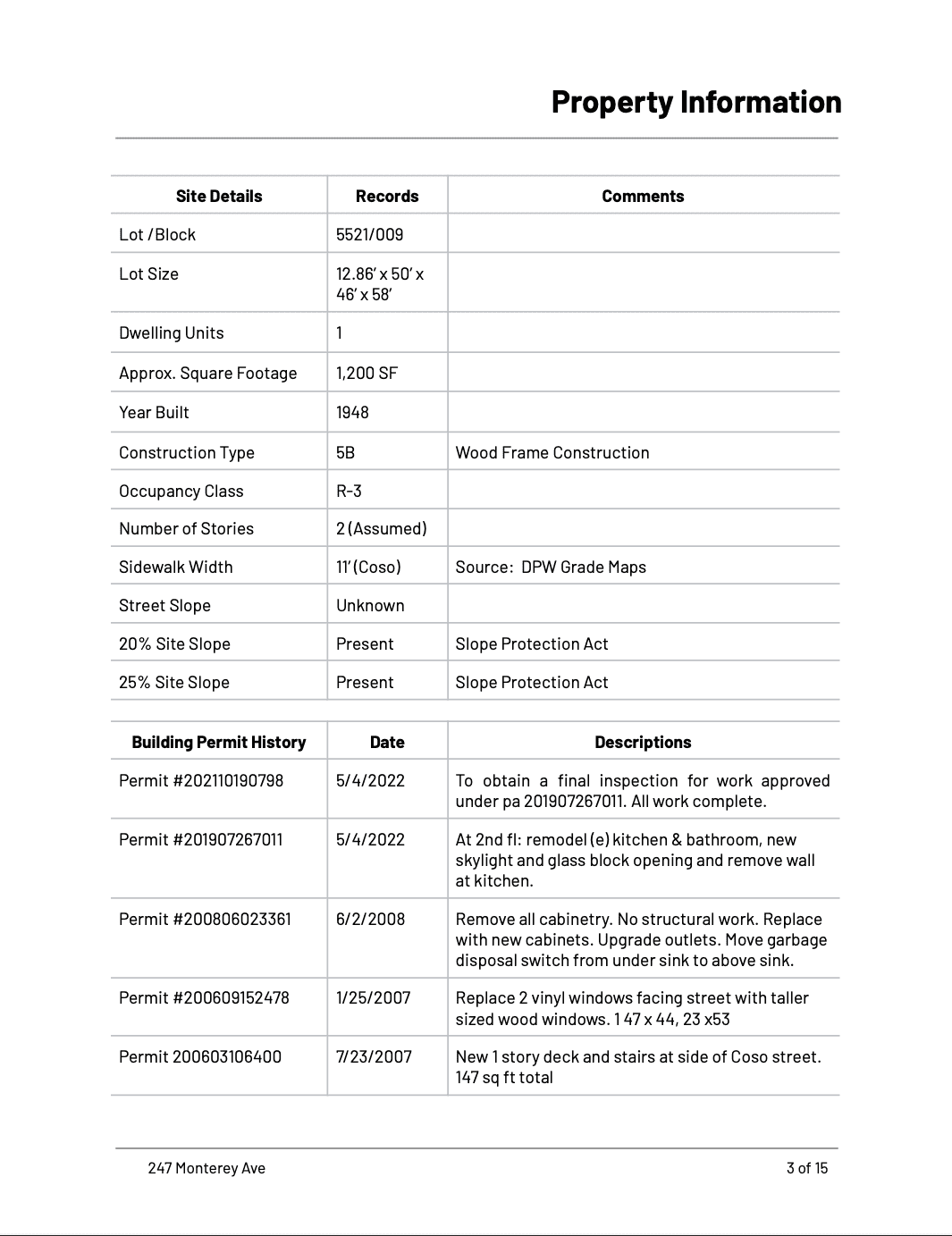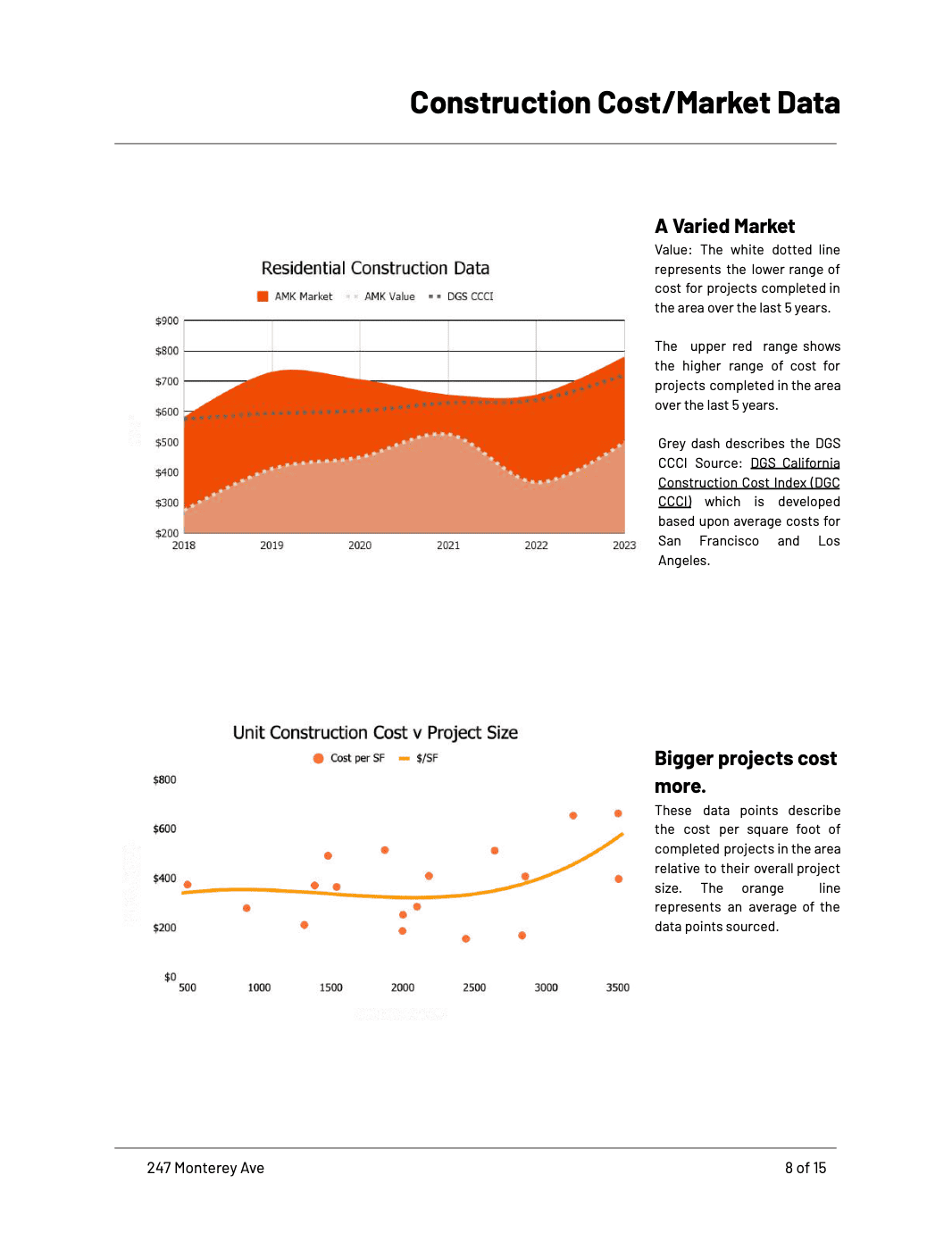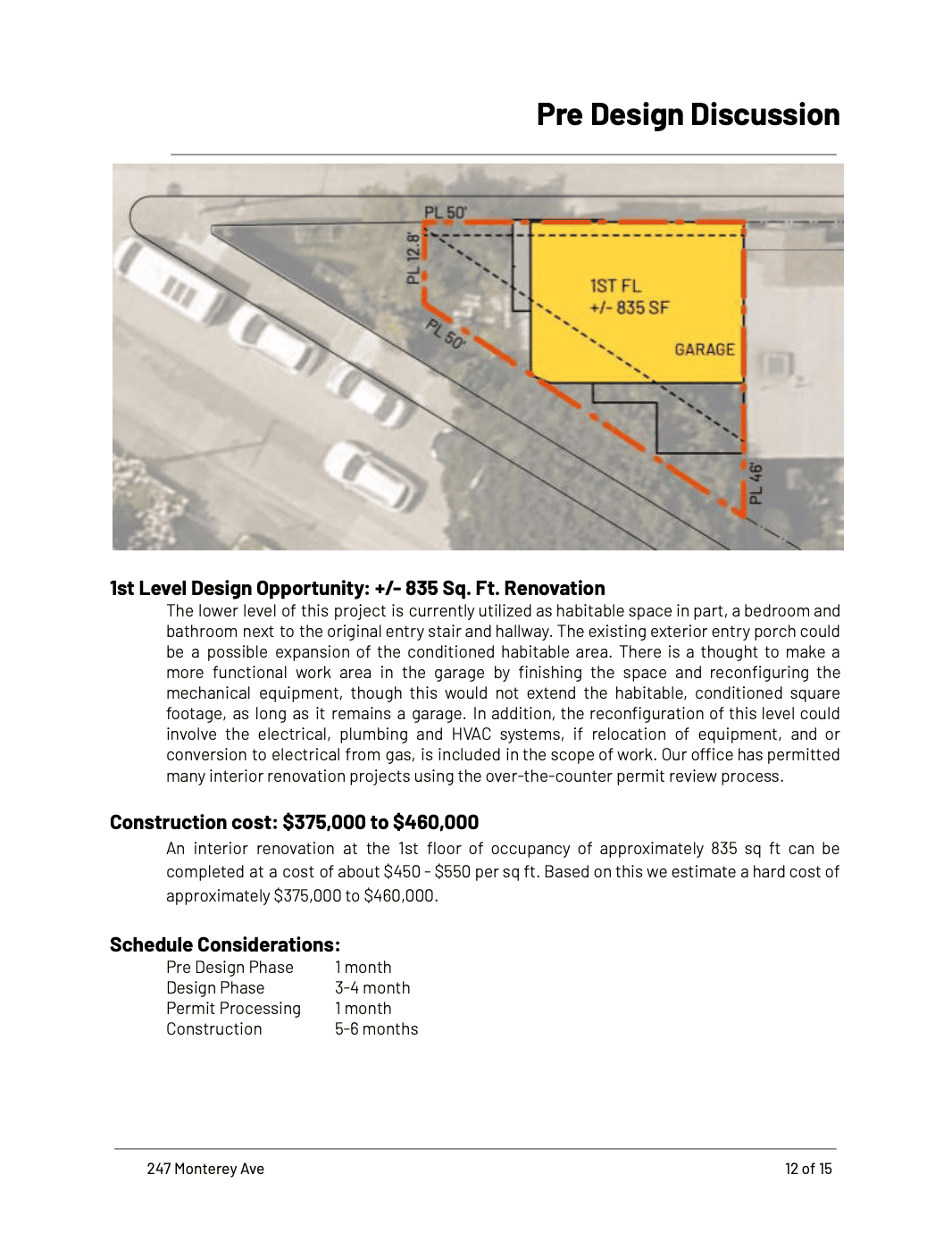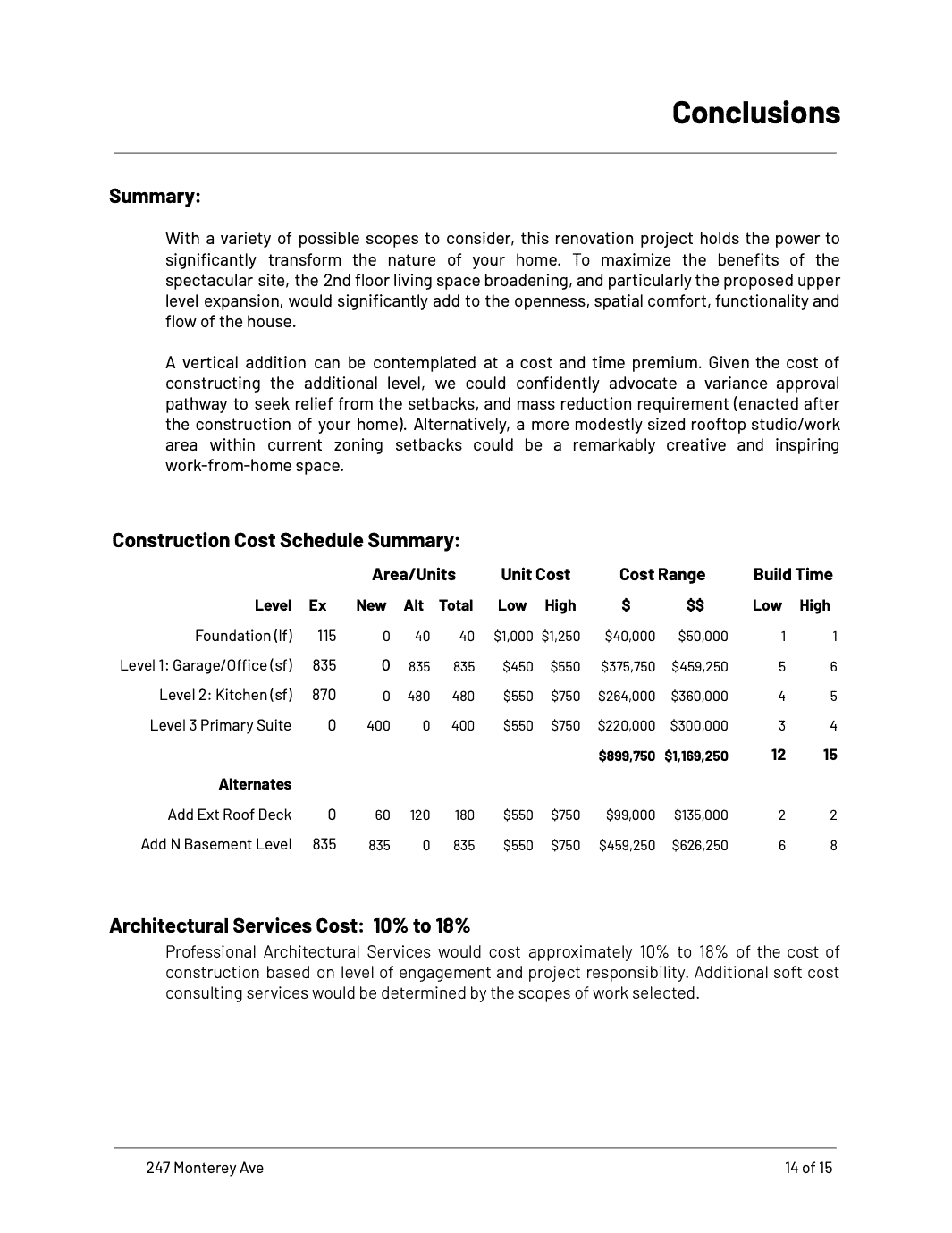Next The Advantages of Using an Air Source Heat Pump
You are here:
Home → Cost & Value → How Much Does it Cost to Build a House or Renovate a Home in San Francisco? (Updated Jan 2024)
How Much Does it Cost to Build a House or Renovate a Home in San Francisco? (Updated Jan 2024)
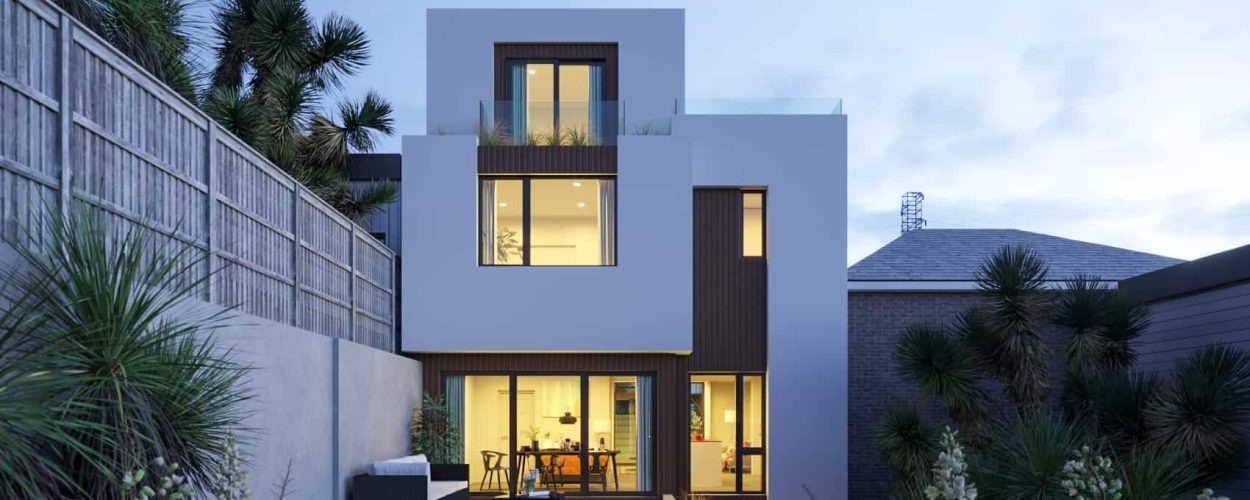
Starting a home-building project in San Francisco in 2024 is a thrilling venture, where ambitious visions come to life against the backdrop of a city known for its cultural richness and architectural diversity, leading to remarkable homes that are as much about personal expression as they are about embracing the unique character of this iconic urban landscape.
But, let’s talk numbers. Building costs in the city are what you’d expect for top-tier living, floating around $500 to $800 per square foot. That means for a 2000 square foot spot, you might be looking at an investment of $1,000,000 to $1,600,000 for the build. Yeah, it’s a pretty penny, but for a slice of San Francisco life, it’s right on the money.
Step outside the city limits, and California still offers plenty of gold, with prices a bit more grounded, ranging from $300 to $800 per square foot. It’s a wide playing field, offering spots that cater to every taste, from beach vibes to wine country retreats.
Now, snagging the perfect plot in San Francisco is a bit like finding that rare vintage in a sea of wines. Land here is gold dust. Investing in a plot is more than just buying real estate; it’s buying into a lifestyle that’s envied around the globe.
This city is a stage for some of the most creative architects and builders out there. It’s where visionary ideas come to life, turning homes into personal retreats that reflect their owners. It’s all about working with folks who get your vision and have the chops to make it happen, transforming ideas into brick-and-mortar realities.
Sure, there’s red tape to wade through – permits, regulations, and all that fun. But it’s all part of ensuring your new home is not just stunning but also solid and up to code. San Francisco doesn’t do things by halves.
For those ready to take the plunge, it’s about teaming up with the right architect, think of us as the conductor to your symphony, someone who knows the ins and outs of the city’s beat, ensuring your project hits all the right notes from the ground up.
Kicking off a building project here is more than just construction; it’s a statement. It’s about crafting a space that’s uniquely yours, in a city that’s always been about pushing the envelope. And let’s be honest, in San Francisco, your home is not just where you hang your hat; it’s a piece of the urban tapestry, woven into the fabric of one of the most iconic cities in the world. So, ready to make your mark?
Average cost to build a home in California by city
| City | From | To |
| Cost per square foot | ||
| Sacramento | $300 | $350 |
| San Jose | $300 | $450 |
| Los Angeles | $400 | $480 |
| San Diego | $480 | $800 |
| San Francisco | $500 | $800 |
Source: HomeAdvisor by Angi
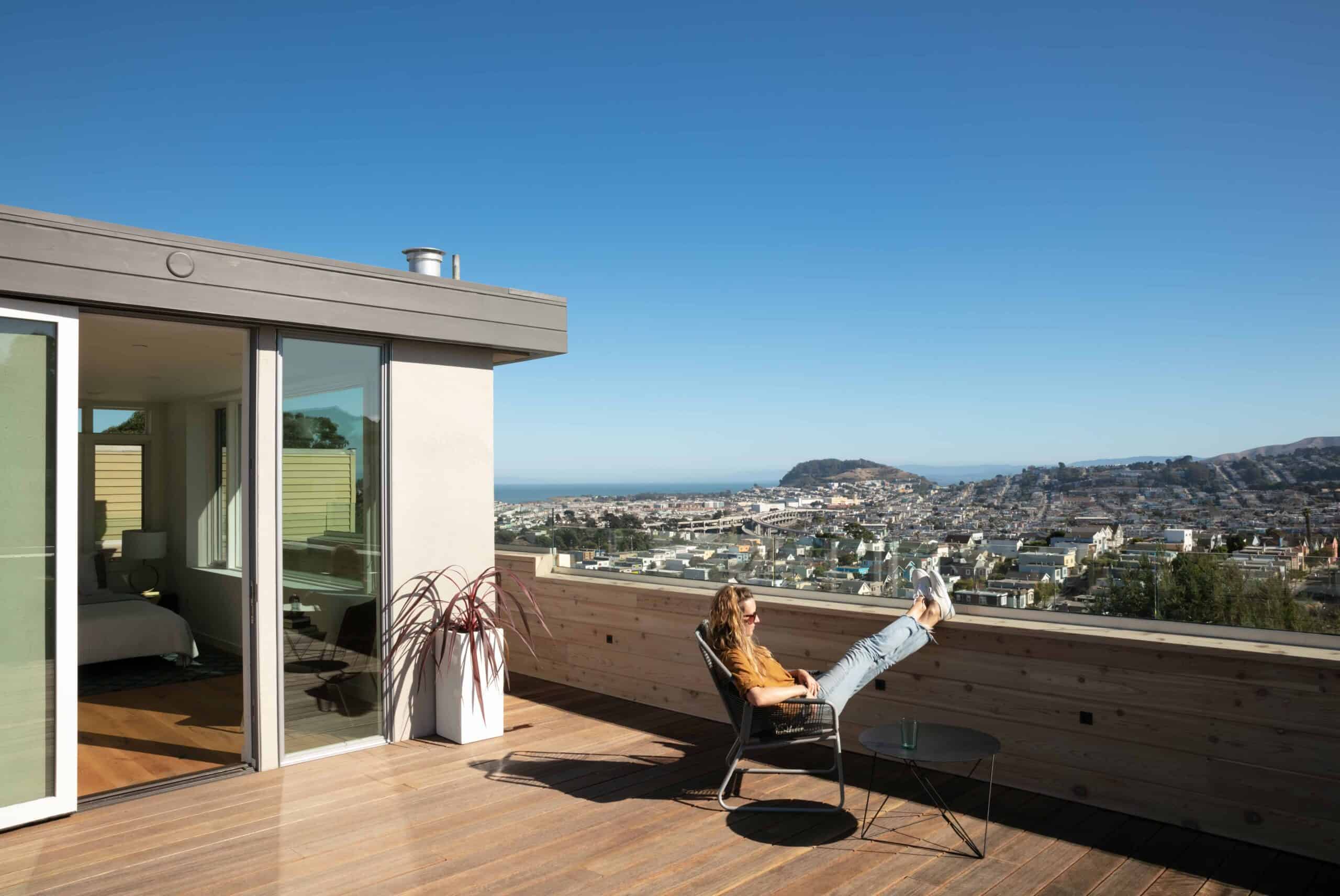
How the SF Planning Constraints Reduction Act is Changing the Game in San Francisco
In a city renowned for its iconic landscapes and vibrant communities, residents and potential developers have often found themselves tangled in the complex web of San Francisco’s planning and permitting processes. But the tides are turning with the introduction of the San Francisco Planning Constraints Reduction Act, a game-changer particularly for our neighborhood Bernal Heights.
The act, which came into effect on January 14th, 2024, is set to revolutionize how residential expansions and developments are approached. Gone are the days when embarking on a construction or expansion project meant bracing for an arduous journey of notifications, permits, and potential objections. The new legislation eliminates the requirement for neighborhood notification for certain types of residential expansion projects, marking a significant departure from the traditional processes dictated by Planning Code Section 311.
Under the previous system, the Department was obliged to notify neighbors within a 150-foot radius of proposed new constructions or expansions, a process that could extend the planning phase by 12 to 18 months. This not only delayed projects but also introduced a level of uncertainty and potential contention that many found daunting.
The recent changes, however, streamline this process considerably. For instance, if a project involves adding a new unit in conjunction with a vertical addition, or if a single-family residential project proposes an increase in home size by 25% or less (up to 3000 square feet), the once-mandatory 311 neighborhood notice is no longer required. This is particularly impactful for Bernal Heights, where typical homes range from 1000 to 2200 square feet. Now, additions ranging from 250 to 500 square feet are on the table, free from the lengthy and uncertain discretionary review process.
This shift is not just about reducing paperwork and wait times; it’s about making smaller projects economically feasible and encouraging thoughtful, community-compatible development. For homeowners dreaming of a bit more space or a view-enhancing vertical extension, this means those dreams are much closer to reality. For developers, it opens the door to projects that might have previously been sidelined due to the prospect of protracted negotiations and adjustments.
The SF Planning Constraints Reduction Act is a clear signal from the city that it recognizes the need for flexibility and efficiency in its development processes. By reducing bureaucratic hurdles, the act encourages growth and improvement within neighborhoods while still respecting their unique character and needs.
For Bernal Heights, this could mean a wave of subtle yet significant enhancements, as residents take advantage of the new rules to add value to their homes and, by extension, to the neighborhood. It represents a move towards a more streamlined, practical approach to urban development, where the focus shifts from navigating red tape to actualizing the potential of one’s home and community.
In essence, the act is not just about making it quicker to get a permit than to build a project; it’s about empowering homeowners and developers alike to contribute to the evolution of Bernal Heights in ways that are both meaningful and manageable. It’s a win for the community, a win for the city, and a testament to San Francisco’s commitment to fostering vibrant, dynamic neighborhoods.
How Much Does an Architect Charge for a House Renovation in San Francisco?
Thinking about giving your San Francisco home a facelift? You’re probably curious about the cost of bringing an architect on board to steer your renovation dreams into reality. Architect fees can swing widely based on your project’s scope, the architect’s level of expertise, and even where your home sits in the city.
In the heart of San Francisco, architects typically charge between 10% to 20% of your total renovation bill. So, if you’re eyeing a renovation that’s going to set you back about $1,000,000, your architect will be charging you between $100,000 to $200,000.
But let’s dive a bit deeper into what shapes these costs:
Architect Fee Structures
Not all architects roll the same way when it comes to their fees. While some might offer a flat rate, others could bill you by the hour or peg their fee to a percentage of your project’s total cost. We typically charge a fee as set out above.
Choosing the right architect is more than just about fees; it’s about finding someone who’s got the chops to navigate the ins and outs of San Francisco’s unique renovation landscape. You need someone who’s not just talented but also clued into the city’s building codes, regulations, and, let’s not forget, its unmistakable vibe.
We’ve been in the game of reshaping and reimagining homes across San Francisco for years, priding ourselves on our keen eye for detail, our drive for sustainability, and our knack for crafting spaces that echo our clients’ personalities and needs.
Tackling Diverse Renovation Challenges
Without blowing our trumpet too loudly, we are your go-to for turning complex renovation puzzles into seamless projects. Whether it’s a simple refresh, an extra room, or a full-scale transformation, we’ve got the skills and the know-how. Our experience spans a variety of materials, styles, and techniques, especially when it comes to giving older San Francisco homes a new lease on life.
If your renovation wishlist includes a modern kitchen, an additional bathroom, or a complete overhaul, we’re here to make it happen. Offering a comprehensive suite of architectural services from design to project management, our goal is to align closely with our clients, ensuring their vision comes to life just as they imagined.

What are the costs when renovating a house in San Francisco?
Renovating a home in San Francisco is like navigating a complex maze with varying paths, each with its own set of challenges and costs. The final tab? It swings widely based on your renovation’s ambition, the materials you fancy, the crafty hands you hire, and where your home sits in this city.
The Breakdown
Let’s peel back the layers of a typical renovation budget:
- Design and Planning: This is where vision meets paper. Hiring architects or interior designers to sketch out your dream space is step one. The complexity of your project and the expertise you seek will shape this cost.
- Permits and Inspections: San Francisco’s building codes are no joke. You’ll likely need permits for your project, and these come with their own price tag, influenced by the scope of your work and local regulations.
- Demolition and Clean-up: Out with the old means dealing with debris. Whether it’s tearing down walls or ripping out old fixtures, the demolition phase adds to your bill for both labor and disposal.
- Structural Changes: Thinking of a more open layout or need extra support for that new addition? Structural modifications require expert input and can significantly bump up your budget.
- Materials and Finishes: From sleek countertops to eco-friendly paint, the materials you choose can either stretch or strain your budget. High-quality or custom options will up the ante.
- Plumbing and Electrical Work: Upgrading or relocating utilities isn’t just costly; it’s critical. Skilled plumbers and electricians ensure your renovated home is safe and up to code.
- HVAC Updates: Comfort comes at a cost, especially if you’re overhauling your heating and cooling systems. This could mean new ducts, furnaces, or AC units.
- Labor Costs: The hands that bring your project to life are your biggest asset—and expense. Investing in skilled labor pays off in the quality and durability of your renovation.
- Contingency Fund: Surprises are a given in any renovation. Setting aside 10-20% of your budget for unforeseen issues can save you from headaches down the road.
- Financing: If you’re borrowing to fund your renovation, don’t forget to account for the interest and loan fees.
- Relocation: Depending on the scale of your project, you might need to bunk elsewhere temporarily. This could range from a short hotel stay to a longer rental, adding to your overall costs.
Bringing It All Together
To nail down what your specific project might cost, teaming up with an architect is the best move. We can craft a detailed plan tailored to your desires and budget, ensuring your renovation journey in San Francisco is both exciting and efficient. Remember, we’re here to help you through this transformative process, making your renovated space not just a house, but a home that mirrors your aspirations.
